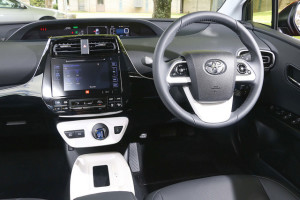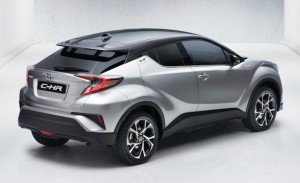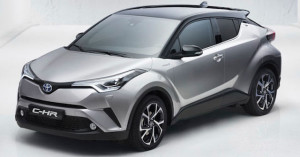
Toyota describes its fourth-generation Prius hatchback as the most refined and intuitive yet – but its appeal is unlikely to extend far beyond those who worship at the altar of hybrids.
The petrol-electric Prius remains the closet possible thing to Earth-friendlier motoring, apart from the odd battery-electric car in New Zealand. It’s a rolling advertisement to buy organic, if you like.

But unlike consumer goods, Prius has never come with a ‘shop to create change’ sticker. Perhaps it should have, because new sales of the three Prius models – hatchback, seven-seat V and small car C – in New Zealand have always been so-so.
The new Prius hatchback might liven things up. Why? Because it’s being built to Toyota president Akio Toyoda’s orders: make Toyotas more stimulating to drive.
Also, the exterior design gives it a funkier identity, and the interior at last has a quality feel about it. It’s as if Toyota set out to change the look and feel of everything about the car.
It’s available in two variants, the GX at $47,490, with the optional package of the GX with Touring for $49,990, and the ZR which replaces the outgoing Prius i-Tech at $54,990.
Prius is the first to be built on a new platform, called Toyota New Global Architecture (TNGA). The equally funky C-HR crossover, to be unveiled at the Geneva show this week, is the second. Others will follow.
The new chassis, says Toyota, provides a better drive experience, helped by moving the hybrid battery pack for a lower centre of gravity, and adopting a double-wishbone rear suspension.

As always, hybrids are all about fuel economy. The new Prius uses a claimed town-and-around 3.4 litres/100km (83mpg). The outgoing model was good for 3.9 litres/100km (72mpg).
That’s on paper – real-world motoring penalises those claims. A new feature called ECO Score encourages drivers to use even less fuel; so does the car’s slippery drag-coefficent of 0.24.
The 1.8-litre engine has been revised to reduce friction and the hybrid package has been made smaller and lighter. The engine’s battery has been moved from the boot to the engine bay and the hybrid batteries are now under the rear seat to free up boot space.
The redesigned cabin gets black soft-touch panels and gloss white accents. Black upholstery, fabric for GX grades and natural leather seat facings for ZR, is offset by a white centre console.
Prius is the first Toyota to get a colour head-up display. Wireless charging is also available for Qi compatible devices on the centre console’s charging pad.
Active and passive safety equipment runs to a pre-crash system, lane departure alert, radar cruise control and automatic high beam. There are seven airbags, stability and traction controls, and a special brake-assist package.
There are two ISOFIX child seat fixing points and three tether anchors. All seat belts have emergency locking retractors and those for the front seats also have force limiters and pre-tensioners.
• The C-HR also sits on the TNGA platform and has been designed to shake up the crossover sector, which is growing all the time. Below are leaked images of the production version. Toyota has said a hybrid version will be available alongside the petrol model.


